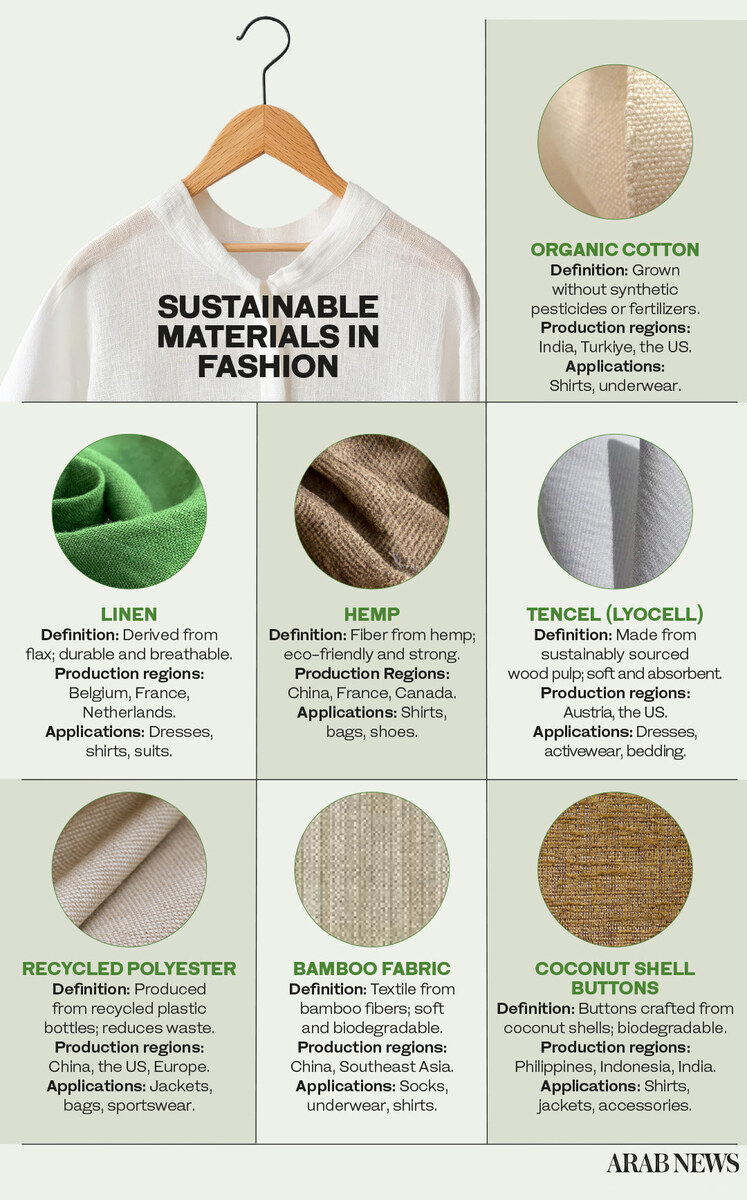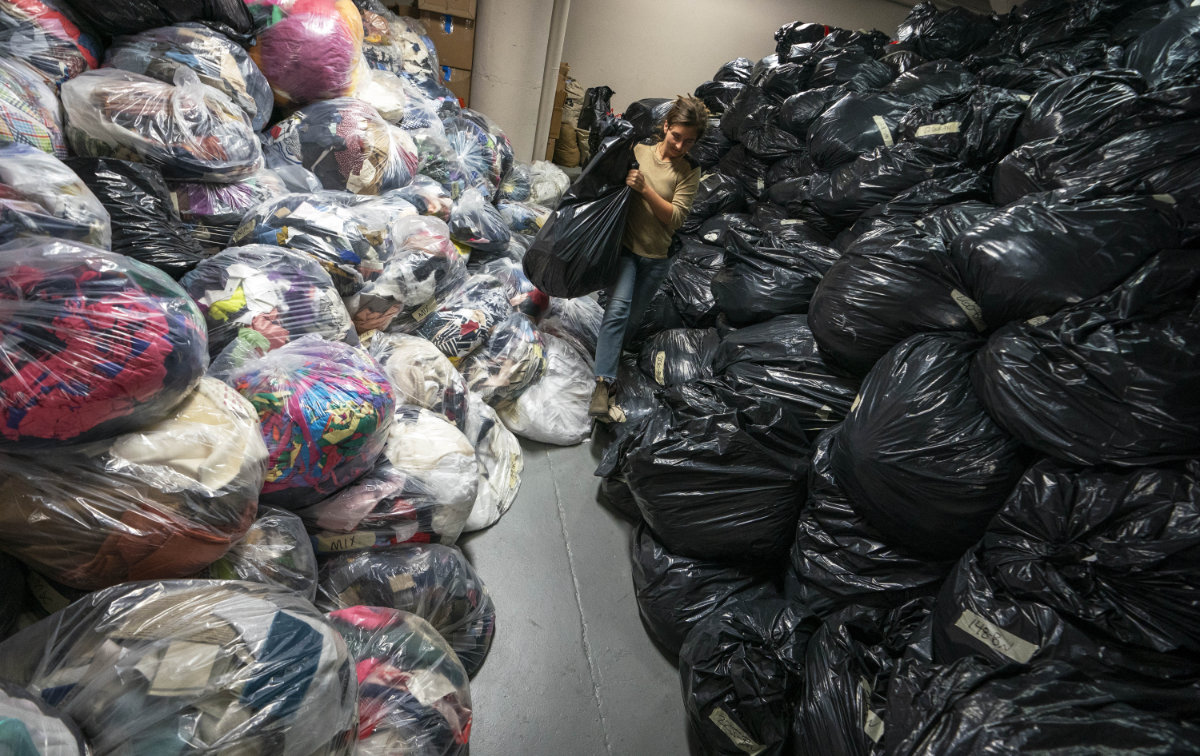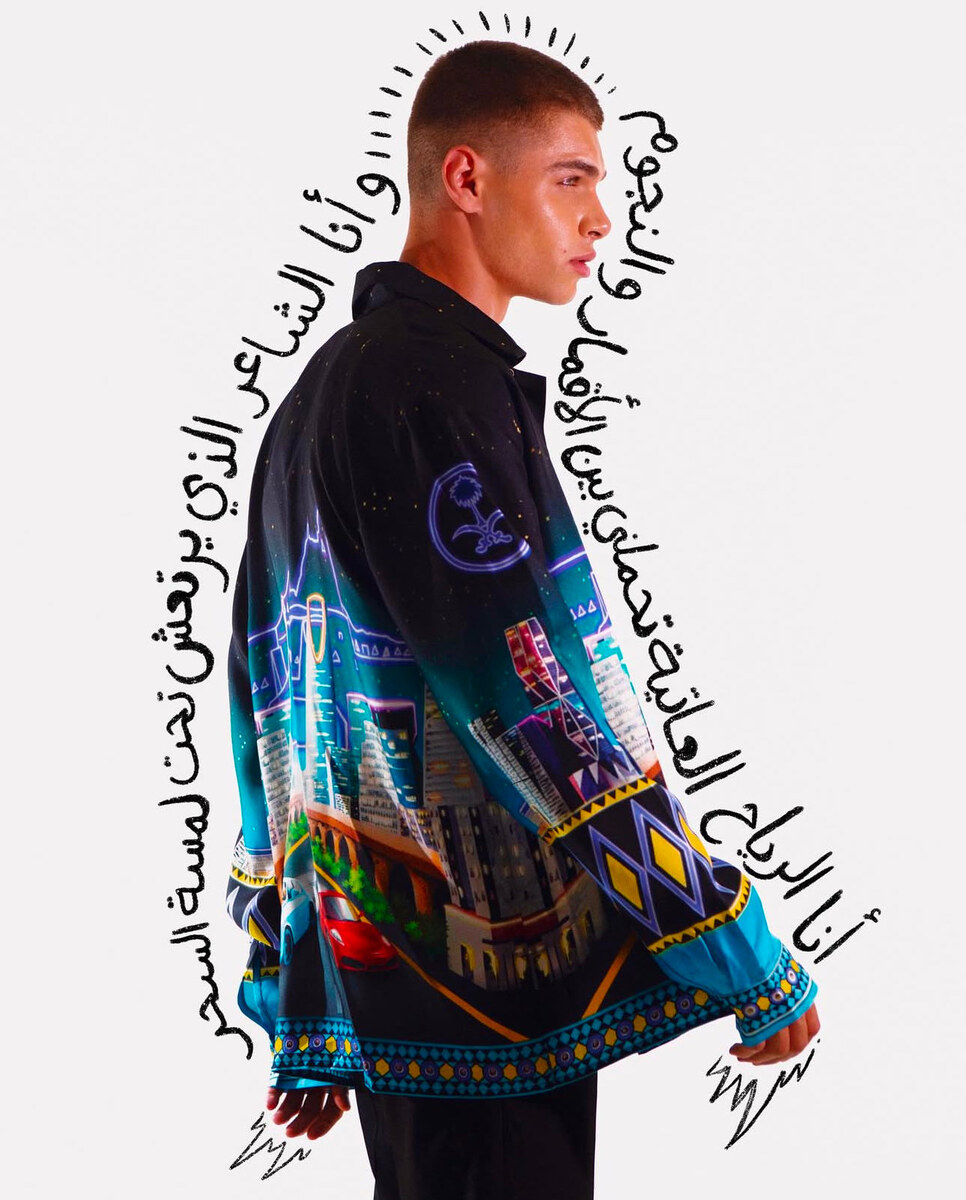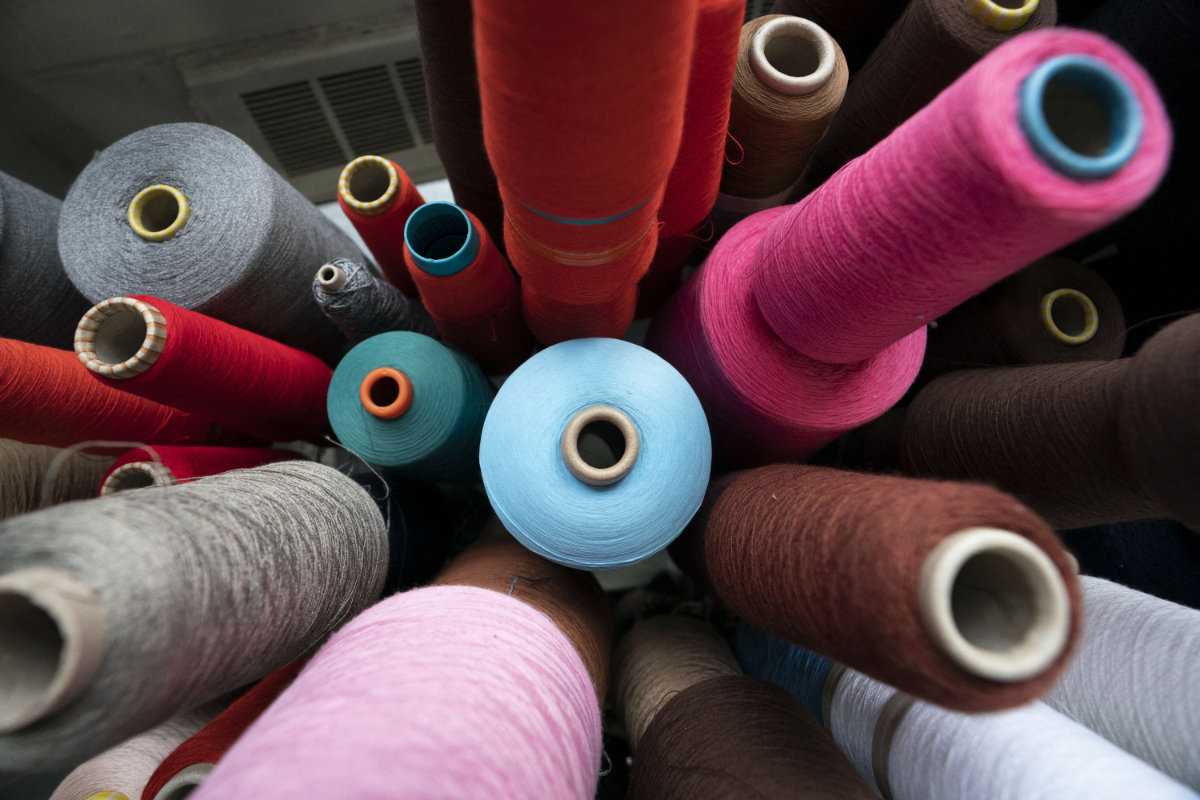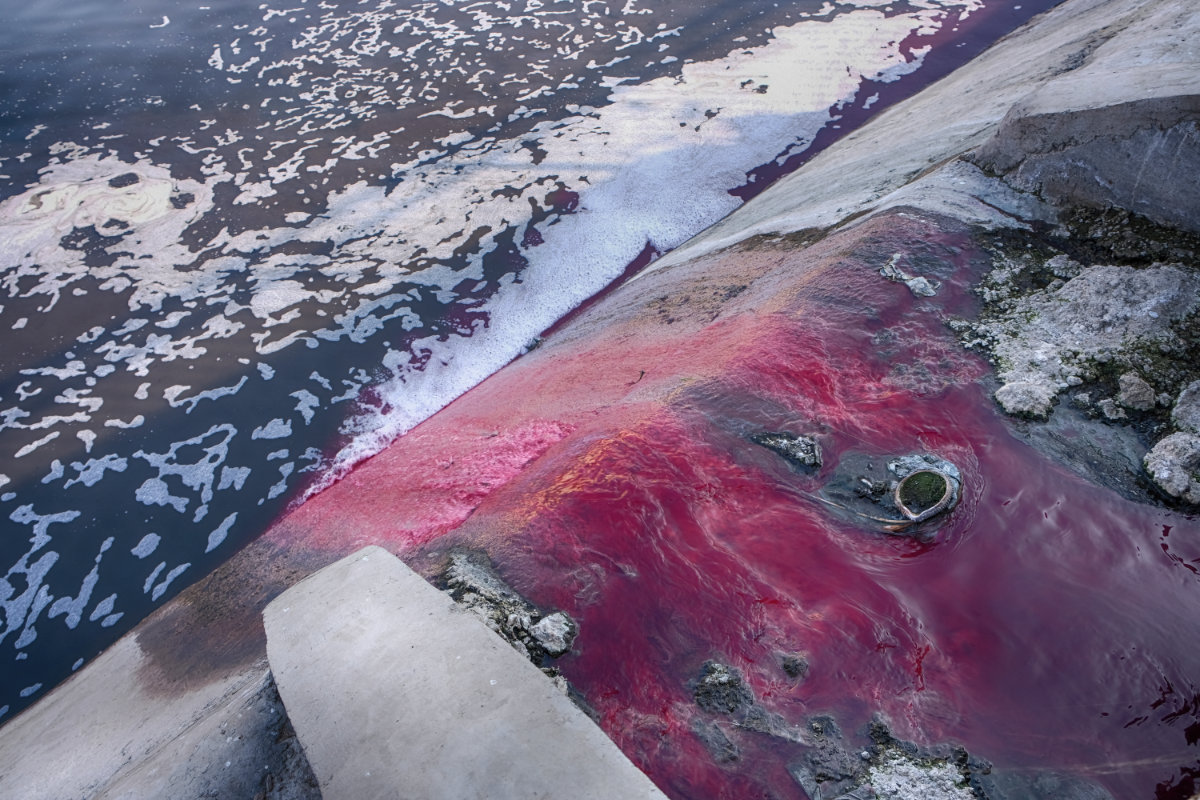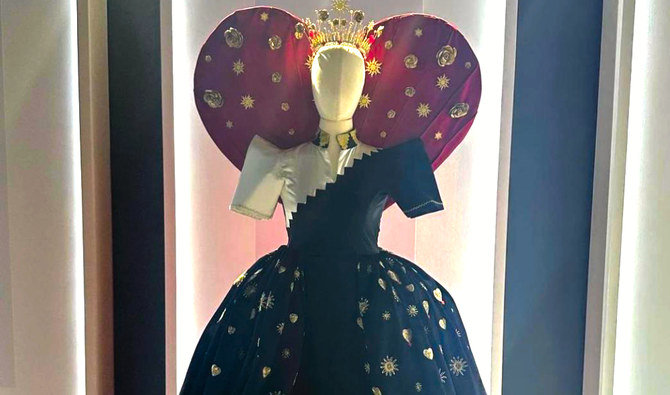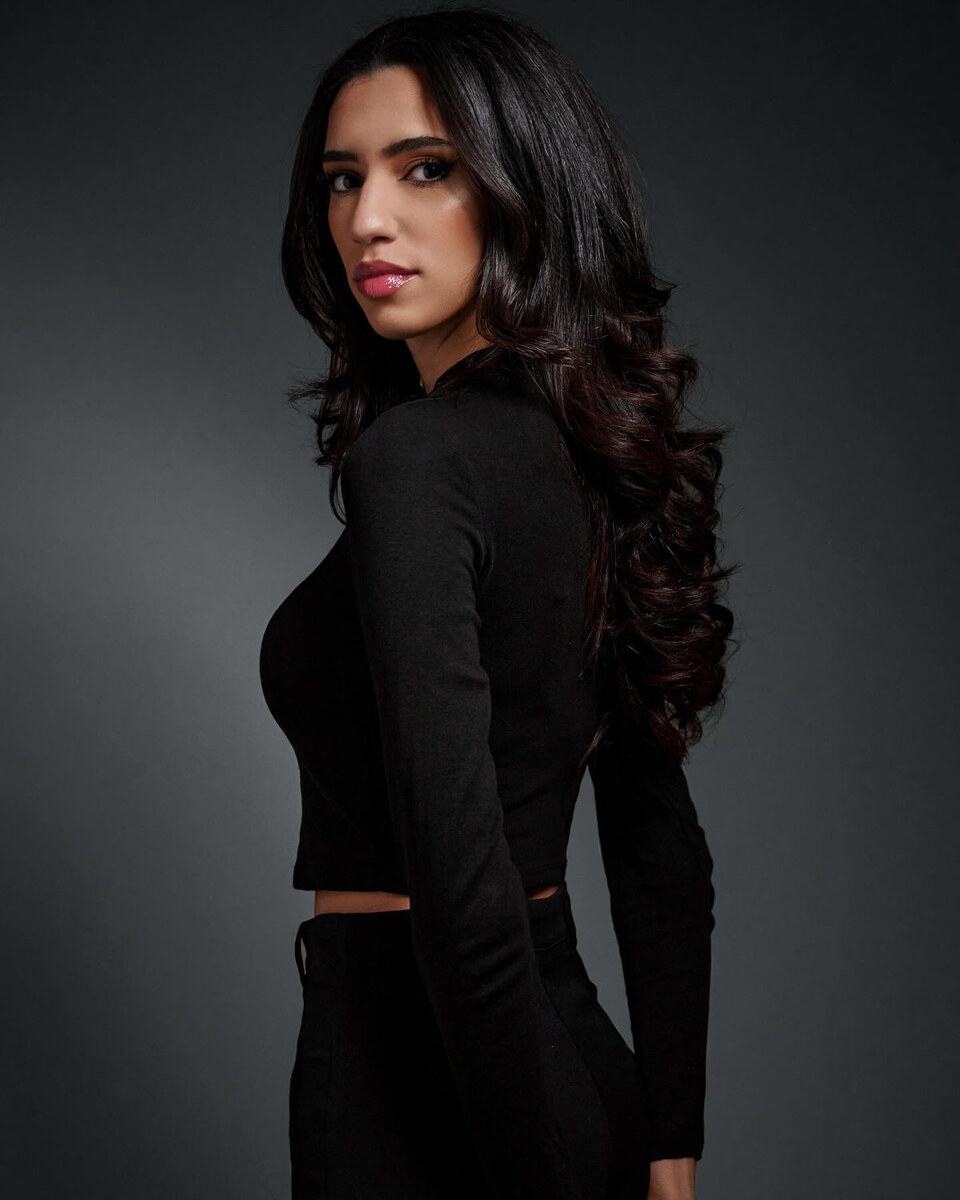DHAHRAN: Across the smooth road overlooking Aramco Camp’s rows of cookie-cutter clapboard houses with manicured lawns, is a serene time capsule where heritage and nostalgia collide.
Situated on 12th street and Ibis Avenue, in what was known as Houses 1220 and 1222 — among the first to be built within the Dhahran camp in 1938 — the renovated historic homes now house the Community Heritage Gallery.
It feels like you are being welcomed into someone’s home.

The juxtaposition of modern elements with historical artifacts and memorabilia creates a distinctive atmosphere. (AN photos)
It was originally occupied by Dr. T.C. Alexander and his family in the 1940s. He was perhaps best known for being one of the earliest permanent physicians who moved to Dhahran to work and live.
He helped to initiate a regional vaccination program and helped the Aramco health system thrive during his tenure. Alexander’s wife, keen to carve out a path for herself within the community, hosted the inaugural meeting of the Dhahran Women’s Group in their home in 1946, a group which is still active today.
HIGHLIGHT
Aramco is well-known for being the site where black gold was found in the 1930s and that, overnight, it changed the course of the Kingdom and the world’s history.
Later on, Fouad Saleh, the executive director of community services, became a champion of establishing what he called a “Saudi Aramco museum” — a place where the history of Aramco and its people would be preserved and showcased to be enjoyed by the community within a relaxed and friendly atmosphere.

The juxtaposition of modern elements with historical artifacts and memorabilia creates a distinctive atmosphere. (AN photos)
Saleh’s vision was realised well after the Alexanders moved out. Their former home officially became a gallery with a focus on heritage and Aramco artifacts, opened to the public in 1992.
The opening was attended by Hisham Nazer, then minister of petroleum and mineral resources and a Saudi Aramco board chairman, and Aramco’s very first Saudi president, Ali Al-Naimi, who was also the CEO at the time.
Al-Naimi started off at the company in the late 1940s and moved up the ranks to becoming the Aramco president from 1984-1995. His 2016 autobiography, “Out of the Desert: My Journey from Nomadic Bedouin to the Heart of Global Oil,” is prominently displayed on the Heritage Gallery bookshelf.
There are other books on the shelves, too, many of which were donated.
Hassan Bouholaigah, a Saudi creative who grew up in Dhahran and now lives in Riyadh, was strolling through the neighborhood on his time off when he stumbled on the Heritage Gallery by chance.
“I’m on vacation visiting family here. I grew up in Aramco, so it was very nostalgic to just walk around,” Bouholaigah told Arab News. “I just happened to see a classic red car parked outside, so I was a bit intrigued, and I just decided to walk in.”
On entering, he noticed the framed images of past Aramco presidents on the wall.
“To me, that was really interesting just to see the transition. And then the next thing that caught my attention was just the library, which basically had a lot of yearbooks,” he said. Although he did not attend Aramco school himself, he was delighted to serendipitously pull out a 7th grade yearbook from 2008 that contained pages of photos of friends he used to play ball with after school. He quickly snapped photos to send to those friends, some of whom he is still in touch with today.
He also appreciated how the gallery diversified beyond the obvious company artifacts and showcased the community culture and its wider contribution to local society.
“I love how it’s not focused on oil only. You can see pictures of where the first house that was built for Saudis. You can see some pictures from high schools — from the first female school that they built in Saudi Arabia,” he said.
The juxtaposition of modern elements with historical artifacts and memorabilia creates a distinctive atmosphere that serves as a time capsule for the community and the country.
Aramco is well-known for being the site where black gold was found in the 1930s and that, overnight, it changed the course of the Kingdom and the world’s history. The gallery showcases various milestones the company hit over the decades.
It is evident while roaming the space that Aramco’s influence extends beyond oil, contributing significantly to the social and cultural fabric of the region, and beyond.
Seeing the evolution of the community through these artifacts must have been a poignant reminder of how the company has shaped lives and the broader societal changes over the decades. The nostalgic feelings shared by “Aramco brats” — those who grew up in the fold of the camp — reflect a strong sense of identity and community that has been cultivated over the years. Many have returned to pay homage to the space that helped shape them, by donating books and yearbooks to the gallery.
There is also a majlis in the back, which people can rent for private functions or to watch one of the Aramco-produced films from their film library.
Heritage Gallery is located across the street from the Dhahran Recreation Library and does not require a ticket.
The gallery is open from 7 a.m. until 6 p.m. from Sundays to Wednesdays, from 7 a.m. until 9 p.m. on Thursdays and 3-9 p.m. on Fridays.
































